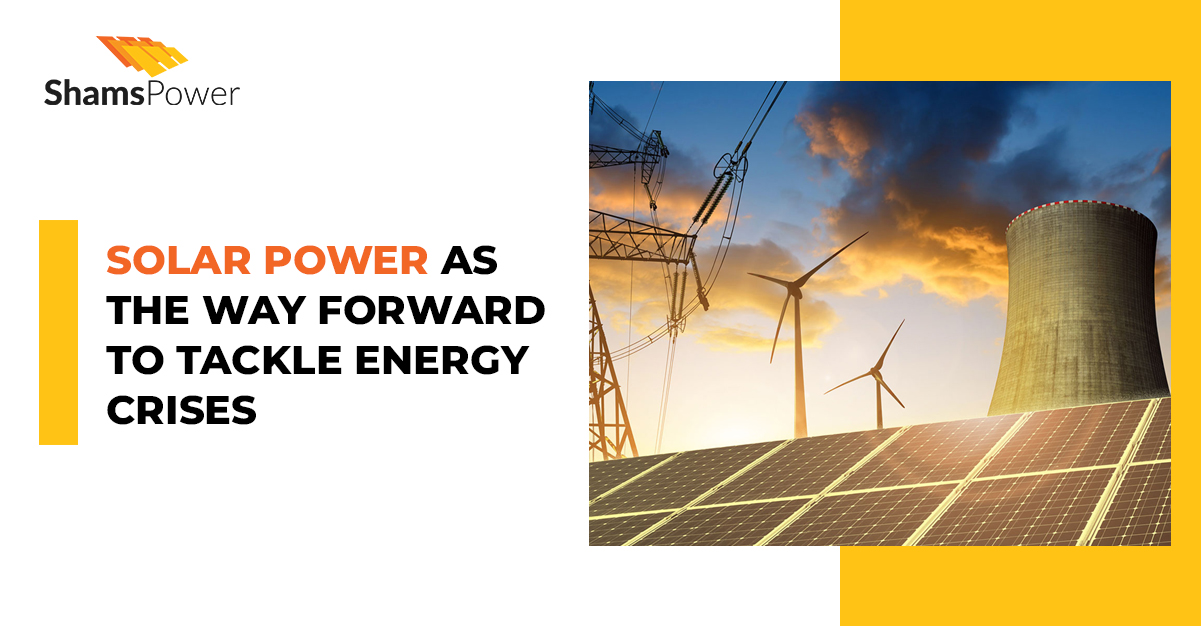Pakistan has primarily relied on non-renewable energy sources, particularly oil and gas, to satisfy its energy needs. Back in 2013, coal used to be the cheapest energy source, and Pakistan’s energy infrastructure was based around coal-powered power plants. Due to the depletion of domestic reserves and price hikes in the international market, coal has become an expensive energy source.
Pakistan imports more than a third of its gas and 50 percent of its gasoline oil. Based on a recent analysis by the Pakistan Bureau of Statistics (PBS), Pakistan imported petroleum products worth $17.033 billion in the first 10 months of the current fiscal year (2021–22). It brings about a drastic increase of 95.84 % compared to the previous year’s imports which was $8.697 billion.
If Pakistan fails to address this issue, its economy can collapse into a debt spiral, and the country will get financial assistance from International Monetary Fund. Hence, it is mandatory to maintain and develop independent renewable energy solutions such as Solar, Wind, or Water.
In this regard, the Government of Pakistan introduced The Indicative Generation Capacity Plan to fulfill the future energy needs of Pakistan.
Addressing at second Int’l Pakistan Energy Summit (PRES) 2022 in Islamabad, Power Minister Engineer Khurram Dastgir said: “hydel generation was the “mainstay” of the country’s energy and that despite its issues, it remained the most feasible source of energy in the long run. Interestingly the new magic bullet is solar, as we are told that solar rates are coming down. Therefore, the way forward is hydel plus solar and whatever wind generation we can develop.”
Pakistan’s Government sees Solar Power as a major solution to the energy crisis.
By keeping this in mind, the Government of Pakistan aims to achieve 20% of its electricity from renewable sources by 2025. Power Minister Engineer Khurram Dastgir stated that on August 1, 2023, an advanced solar energy scheme will be introduced to the public by Prime Minister Shehbaz Sharif. This scheme aims to highlight electrical issues and control the electricity prices that Pakistan is currently facing.
The Power Minister adds that the project will begin with installing seven solar panels where thermal energy plants already exist. The transmission wires are already there, so solar panels’ energy supply will be hassle-free. Moreover, there is also an ongoing discussion to install 1MW solar plants in underdeveloped areas of Pakistan. Doing this would assist in generating 2000MW of electricity just in the first stage.
Solar Systems will be installed at the Parliament House and the government buildings and offices to set an example of using solar energy. Likewise, non-renewable powered tube wells (e.g., diesel-powered tube wells in Balochistan) will also be converted to solar energy all over Pakistan to generate solar energy. The citizens will also be allowed to install solar panels ranging from one to three kilowatts in their houses. The cost of these modules will be recovered from saving on their electricity bills.
Before next summer, these schemes are expected to add 7000MW to 10000MW of electricity to the national grid system.

